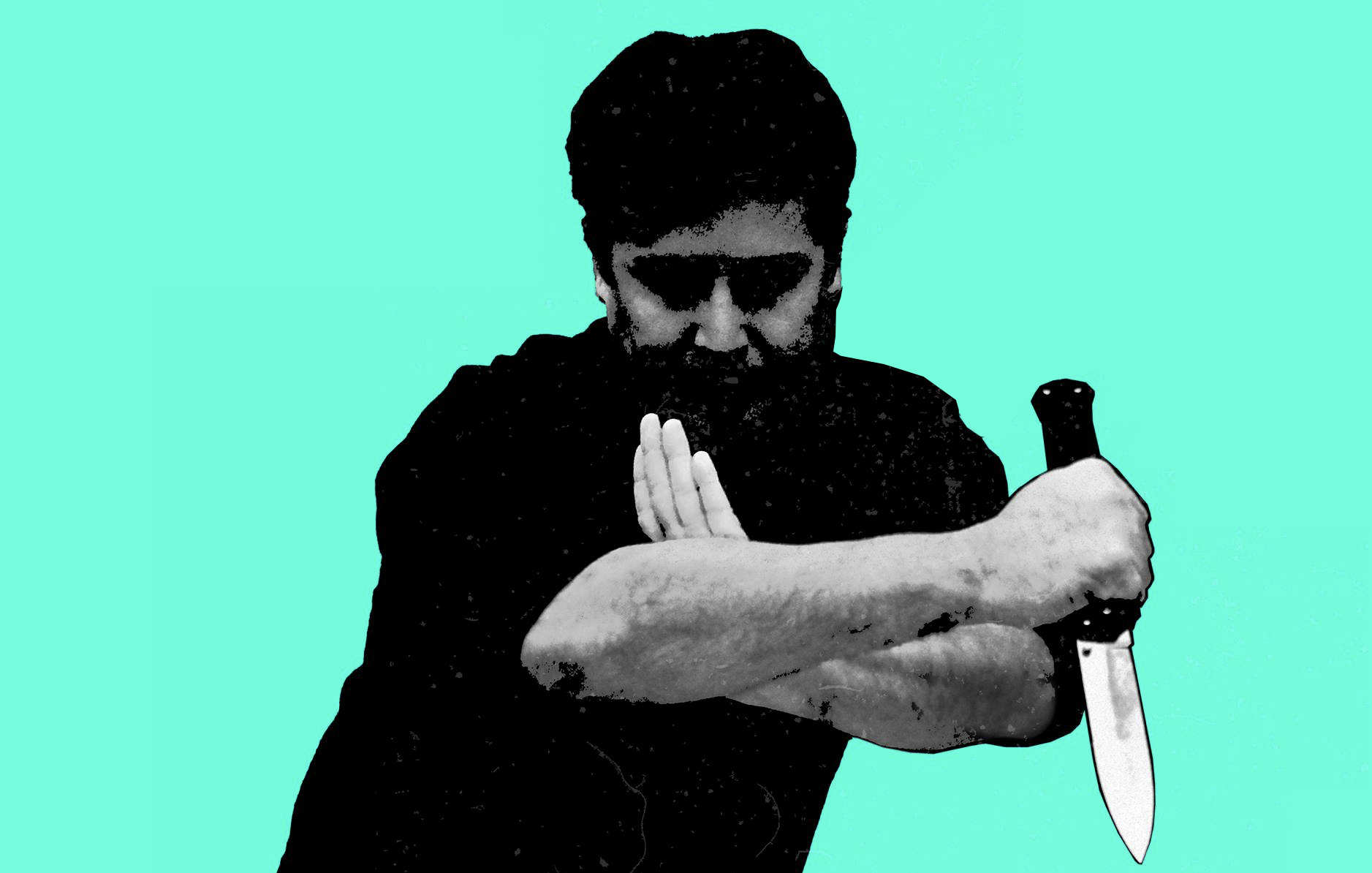Kung Fu. As authentic as it gets.
The name “Kung Fu” is a broad term encapsulating hundreds of unique and vibrant Martial Arts originating from China’s Middle Kingdom. Each style of Kung Fu has its own name, methodology, and iconic postures. As Sifu Kurtis Fujita is both adept at a variety of Kung Fu styles and a skilled illustrator, his upcoming comic book series will offer readers unparalleled access to these authentic Martial Arts via his extensive skill set. The following are just a few examples of the Kung Fu systems which will be represented in the Shadow Ghost comic book series.
Hung Gar Kuen
(Hung Clan Fist)
洪家拳
The legendary system originates from the famed Southern Shaolin Temple during the tumultuous Ching Dynasty. Its patriarchs have been immortalized in countless films, novels, and television programs. It is characterized by its rock solid stancework, devastating hand strikes, and deceptive short range kicks. Additionally, Hung Gar draws heavily from various animals for its fighting maneuvers including the tiger, crane, snake, leopard, and dragon.
Do Gar Kuen
(Daoist Clan Fist)
道家拳
The origin of this rare system is shrouded in mystery, however, its namesake indicates a strong connection to Taoist philosophy. The style favors both the devastating hand strikes indicative of Southern Kung Fu styles and the vigorous kicking emphasized in styles from the North. Additionally, the Do Gar style features weapons rarely, if ever, seen in Chinese Martial Arts, such as the Machete and Beggar’s Staff.
Pek Kwar Kuen
(Axe Hanging Fist)
劈挂拳
Drawing inspiration from the movements of an axe cutting through wood, this long range fighting system creates explosive power with a variety of palm strikes. The Pek Kwar adherent dispatches opponents utilizing swinging arms whose hands chop with razor sharp precision. Low, sweeping kicks and spinning leaps further amplify this Northern Kung Fu style’s reputation for ferocity and grace.
Yi Kuen
(Intention Fist)
意拳
Aiming to boil Martial Arts down to its essence, this contemporary style is a deconstruction of the ancient, Internal Martial Art known as Xing Yi Chuan ((形意拳 Form Intention Fist). Foregoing the lengthy routines of choreographed movements known as forms, proponents focus on practicing individual techniques to perfection. A core component of the style is extensive practice of standing meditation which strengthens and unifies the mind, body, and spirit.
My Jong Law Horn
(Lost Track Monk)
迷蹤羅漢拳
My Jhong Law Horn’s fighting prowess is based on deception and mobility. These principles are reflected in the versatile use of the hands and feet, which are characterized by markedly fleeting movements coupled with nimble jumps and shrewd attacks. A technique may change from a side blow to a flying kick in mid-air, or to a sweeping stroke beneath the legs, thus demonstrating its mobility and the viability of multiple angle attacks.
Tong Long Tai Gek Kuen
(Tai Chi Praying Mantis Fist)
太極螳螂拳
Tai Chi Praying Mantis Kung Fu imitates the controlling actions of the praying mantis and the elusive footwork of the monkey. It applies the circular movements of Tai Chi to deflect an incoming attack and turn the force of the opponent against them. This style executes simultaneous close and long-range techniques including punches, low and high kicks, hooking and trapping hand combinations, elbow and backhand, and ground fighting techniques






